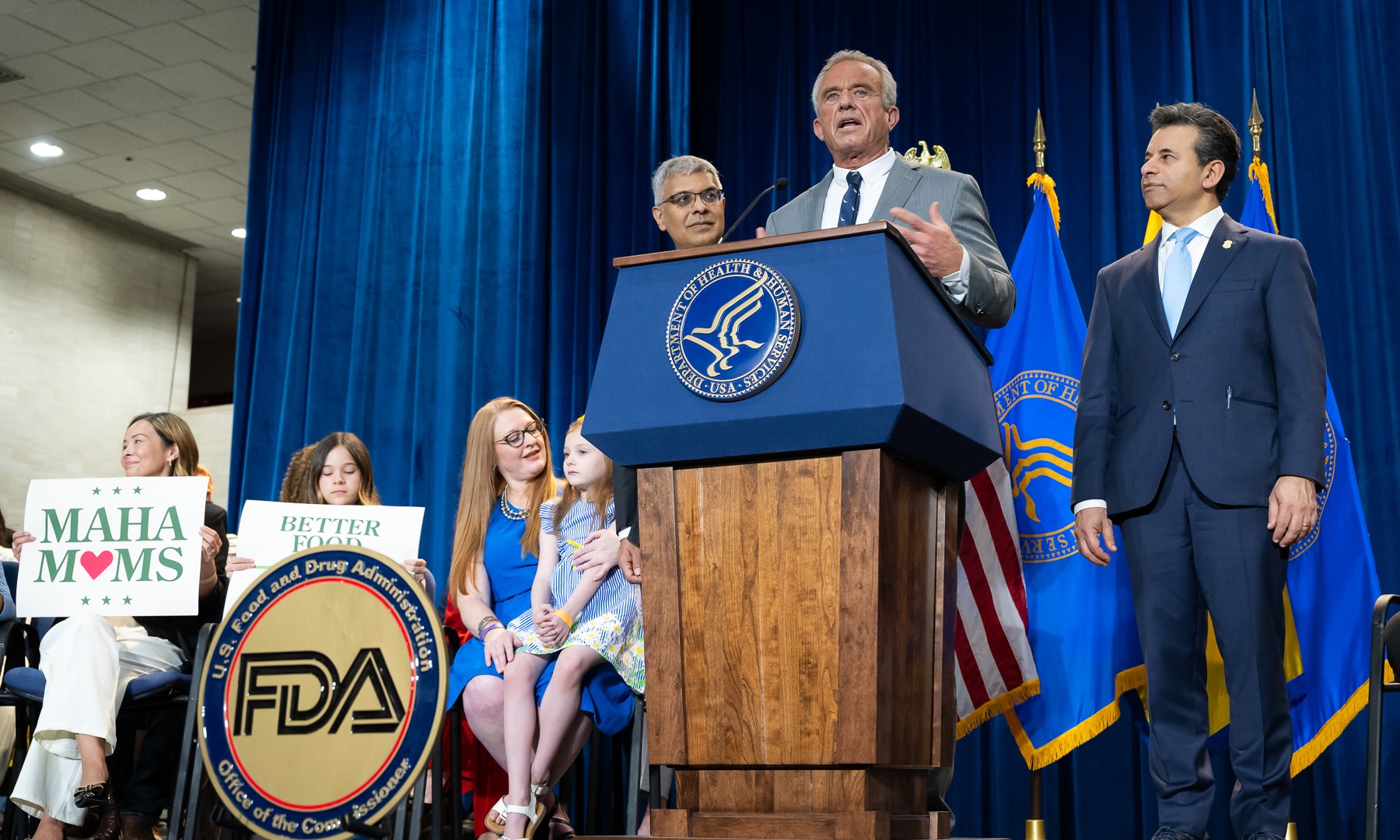Stress and anxiety are terms frequently used interchangeably in daily discussions, clinical settings, and self-help materials. Despite their common pairing, they signify separate psychological and physiological reactions. Achieving a clear comprehension of the distinctions between anxiety and stress is vital, not just for precise self-assessment but also for successful intervention, both individually and professionally.
Understanding Stress: How We React to Outside Pressures
Stress refers to the body’s response to any demand or challenge, often termed a stressor. These stressors can range from tangible events—like an upcoming work deadline or a heated argument—to intangible issues such as existential uncertainty or fear of the unknown. The stress response, sometimes called the “fight or flight” reaction, is a product of evolution. It provides a physiological boost—rising heart rate, rapid breathing, muscle tension—preparing the body to deal with perceived threats or pressures.
For instance, a university student getting ready for their final assessments might encounter stress manifesting as insomnia, heightened irritability, and a reduced desire to eat. These responses usually diminish once the examination period concludes, highlighting another crucial aspect of stress: its strong connection to external conditions, and its tendency to fade once the challenging situation is over.
Anxiety Explained: The Ongoing Condition of Anticipatory Concern
Anxiety, while often triggered or amplified by stress, is rooted deeper. It is characterized by excessive, persistent worry or fear that is disproportionate to the actual threat, and it may occur even in the absence of a discernible stressor. Unlike the body’s stress response, anxiety is primarily psychological but can carry significant physiological symptoms—heart palpitations, gastrointestinal discomfort, muscle tightness.
For instance, a university student might experience ongoing apprehension about failure, despite being thoroughly prepared, or dread hypothetical outcomes—regardless of their actual probability. This unease can persist or reappear even once examinations conclude, underscoring the widespread, and occasionally ingrained, character of anxious conditions.
According to the American Psychiatric Association, anxiety differs from routine fear or stress responses in both intensity and duration. Persistent anxiety may interfere with daily functioning and is a hallmark symptom of several mental health disorders, including generalized anxiety disorder, panic disorder, and social anxiety disorder.
Key Distinctions: Timing, Initiators, and Length
1. Trigger Source: – Stress is almost always connected to a recognizable external situation or occurrence. It begins after a particular trigger, like a professional assignment, a disagreement in a relationship, or concerns about money. – Anxiety can emerge without an obvious, immediate reason. It might be widespread—appearing as persistent apprehension about numerous issues—or concentrated on improbable outcomes instead of impending situations.
2. Duration and Intensity: – Stress tends to be acute and resolves as soon as the stressor is removed. While chronic stress exists, it is still tied to ongoing, often objective challenges. – Anxiety tends to be more enduring, sometimes existing in the absence of obvious triggers, and can escalate to disproportionate levels compared to the circumstances or risks involved.
3. Symptom Profile: – Stress primarily initiates physical symptoms—fatigue, sleep changes, muscle aches, headaches—though mood changes like irritability are common. – Anxiety encompasses profound psychological symptoms—apprehension, fear, obsessive thoughts—alongside physical manifestations similar to those of stress, such as rapid heartbeat or sweating.
4. Functionality: – Stress can be both motivating and debilitating. Moderate stress (eustress) may enhance performance, such as an athlete’s heightened focus before a competition. – Anxiety predominantly impairs daily functioning and, in pathological forms, can lead to avoidance behaviors, reduced work productivity, and impaired relationships.
Case Study: Workplace Stress Versus Anxiety
Imagine two employees at a tech company as they prepare for a {{product}} launch:
– Employee A feels overwhelmed by the workload, manifests irritability, and sleeps poorly. Once the launch concludes, these symptoms fade. This reflects a typical stress response to a finite challenge. – Employee B becomes persistently worried about job performance and fears being fired, even after consistently positive feedback. This worry persists long after the product launch and is unresponsive to reassurance. B’s experience is emblematic of anxiety, extending beyond situational stressors.
The Interaction Between Biology and Psychology
Both stress and anxiety trigger similar brain systems, especially the amygdala, which controls fight-or-flight reactions. In both conditions, cortisol and adrenaline levels increase, resulting in comparable physical manifestations. Nevertheless, their biological signatures are differentiated by their duration and circumstances. Prolonged stress may evolve into anxiety if coping mechanisms are ineffective or if exposure continues, blurring the distinction between them without eliminating their core differences.
Research by the National Institute of Mental Health notes that while short-term stress can be adaptive, persistent anxiety confers risks for cardiovascular, metabolic, and inflammatory conditions due to sustained physiological arousal.
Management and Intervention Strategies
Interventions for stress and anxiety, while sharing some similarities, diverge in emphasis:
– Stress Management: Approaches center on organizing time, employing relaxation methods, delegating tasks, and, when feasible, modifying or removing the source of stress. – Anxiety Management: Cognitive-behavioral therapy, mindfulness exercises, and occasionally, pharmaceutical interventions are favored, given that the underlying cause is frequently intrinsic and enduring.
When to Seek Professional Help
Ongoing, unmanageable worry that interferes with everyday functioning might necessitate an assessment by a mental health expert. Strain that regularly exceeds one’s capacity to cope and results in social isolation or physical ailments also warrants seeking assistance. Recognizing the distinctions between typical, temporary stress and problematic anxiety is crucial for obtaining prompt help.
Distinguishing between stress and anxiety unlocks a nuanced understanding of our emotional landscape. While stress is a universal response to external challenges, anxiety dwells in anticipatory fears and internal narratives. Recognizing their differences enables more precise identification and tailored approaches to wellness, empowering individuals to navigate life’s pressures with clarity and resilience.



